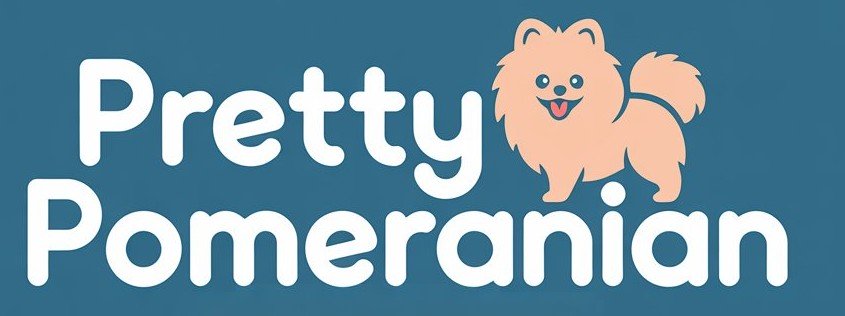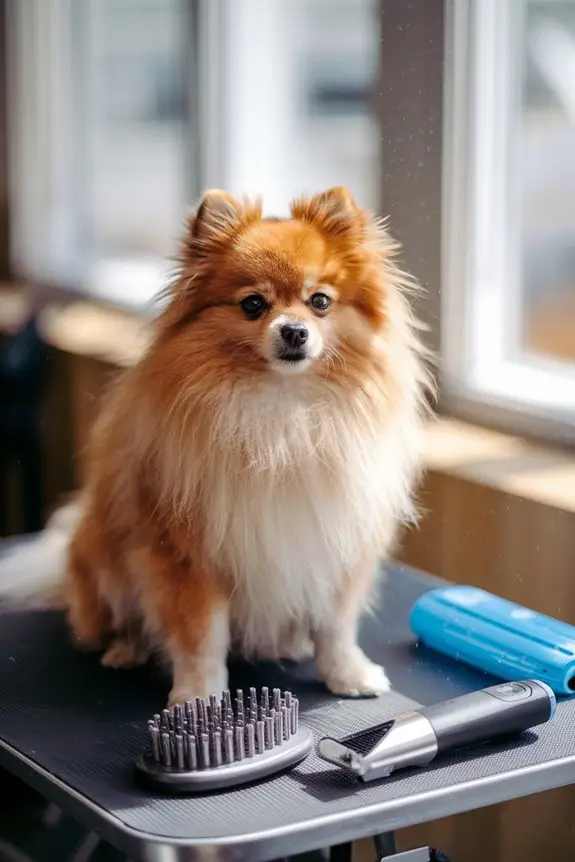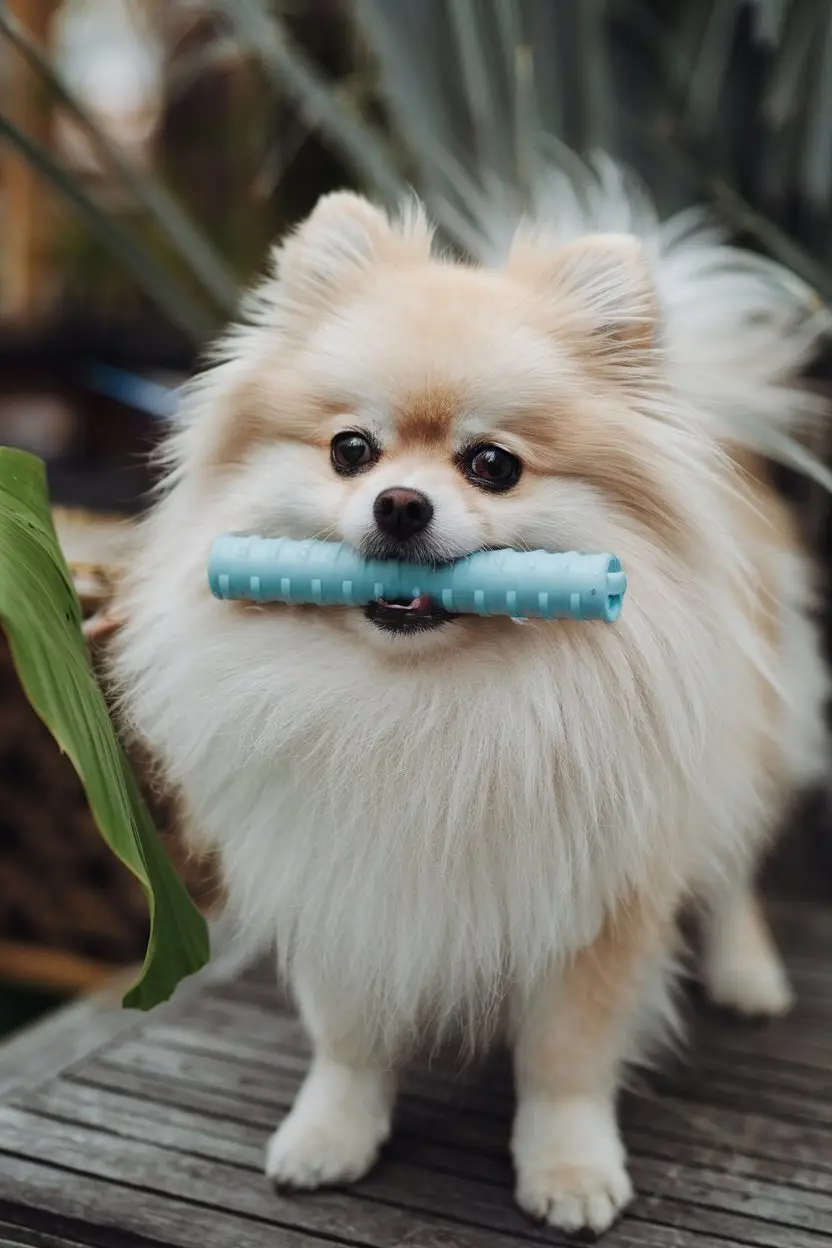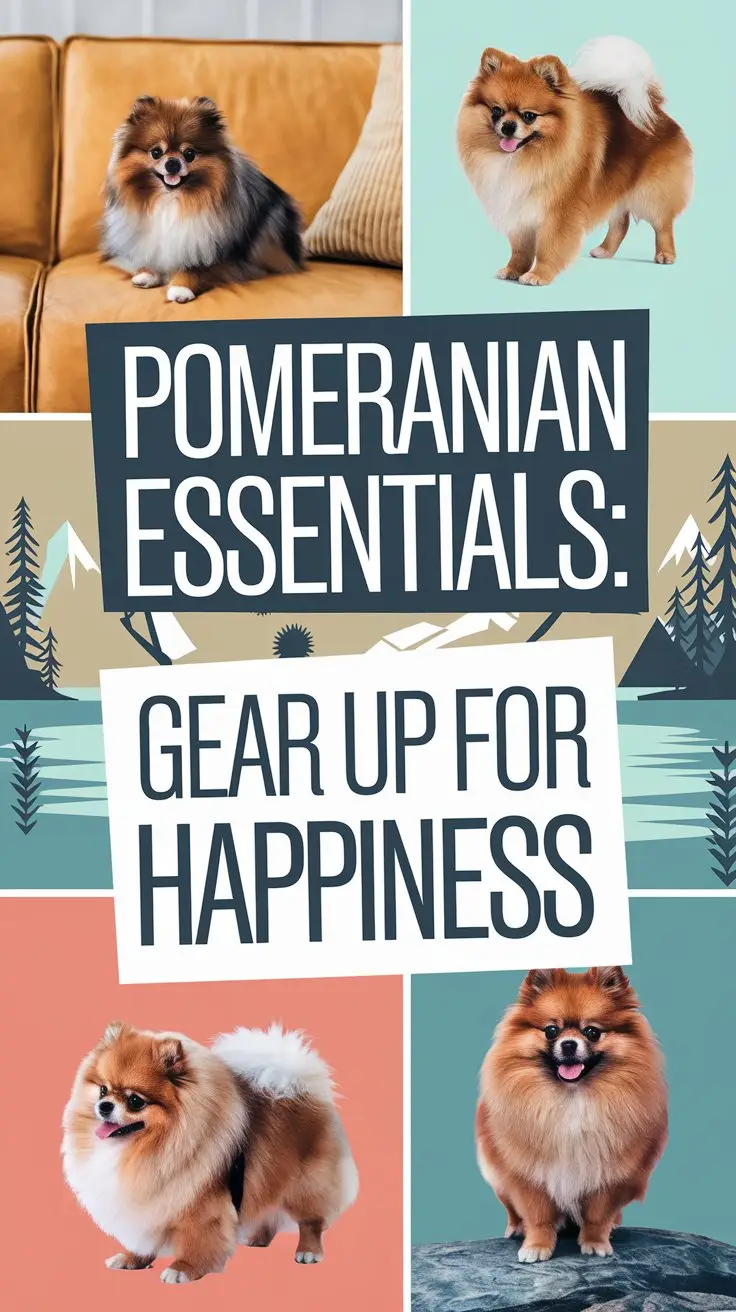Your Pom needs extra love during different times of the year to stay happy and comfy. When it's cold, make sure they're bundled up and keep your house warmer than 20°F – don't forget to clean their little paws after walking in snow! In summer, take them on walks during the morning or evening when it's not so hot, and keep an eye out if they seem too warm. When spring and fall come around, you'll want to brush them every day since they shed like crazy – grab a slicker brush and fur rake to help with all that fluff! The rest of the year, just stick to brushing every couple of days and give them a bath every 4-6 weeks. Once you get the hang of what your Pom needs each season, you'll be rocking the whole pet parent thing!
Winter Weather Protection
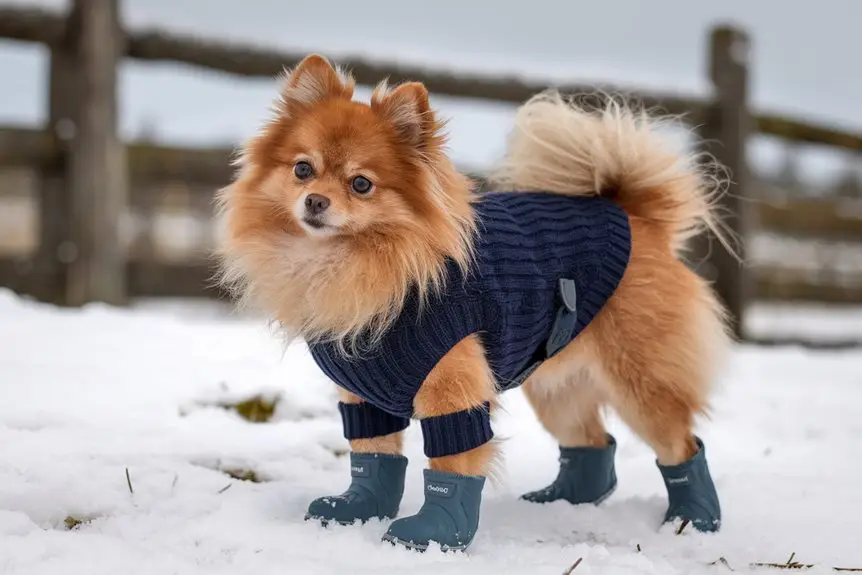
Even with their fluffy double coat, Poms need extra help when winter hits. These tiny pups can't handle super cold weather very well, especially when it's below 20°F (-6°C). Remember to wipe paws clean after walks to remove harmful deicing chemicals.
Keep your little buddy safe by not staying outside too long and getting them some warm winter gear – make sure to grab some cozy booties and a good winter jacket that fits just right. During winter months, seasonal coat changes make them shed more as they develop a thicker coat.
Your Pom needs to stay toasty inside too. Keep your house between 68-72°F (20-22°C) and set up a comfy sleeping spot where there's no cold air sneaking in.
Put down some grippy mats around your place so they don't slip and slide on the floors. When you head out for walks, keep them quick and short.
After you come back inside, check their paws, ears, and tail to make sure they're not too cold or showing signs of frostbite.
Your little fluffball depends on you to keep them safe when winter gets rough!
Managing Seasonal Shedding
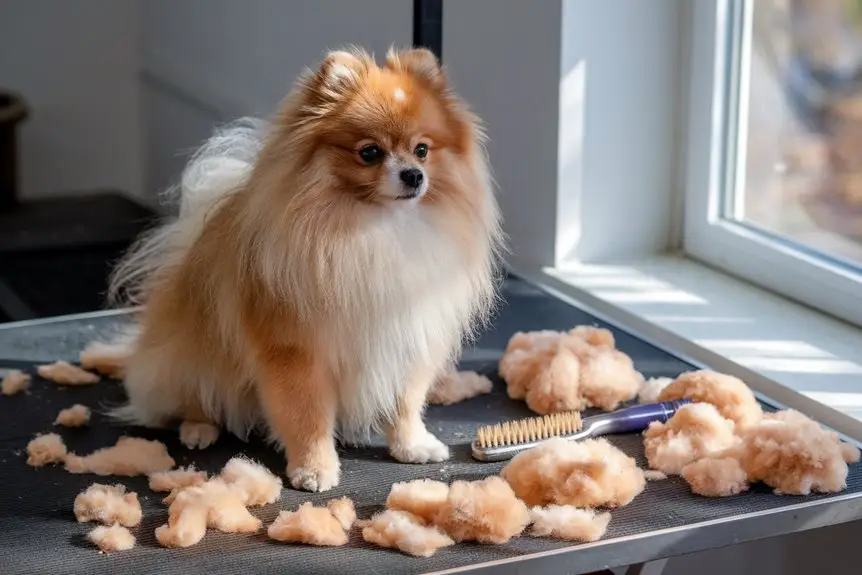
Hey, dealing with your Pom's shedding isn't just about winter protection – you've got to stay on top of it year-round!
These little fluffballs drop their coat big time when seasons change and daylight shifts, especially during spring and fall.
Here's what you need to do to keep their coat in check:
- Brush every day when they're shedding like crazy
- Grab the right tools (fur rakes and slicker brushes work great)
- Just trim the outer guard hairs, nothing else
Get into a good grooming groove to stop their fur from getting all tangled and matted.
If your Pom's losing way more fur than usual outside of shedding season, give your vet a heads-up.
That fancy double coat needs special attention, so don't cheap out on grooming stuff, and feed them good food to keep their coat healthy.
Ask any Pom owner – staying ahead of those seasonal changes makes life way better for your furry buddy.
Professional groomers recommend scheduling visits every 6-8 weeks for maintaining optimal coat health.
Summer Heat Safety
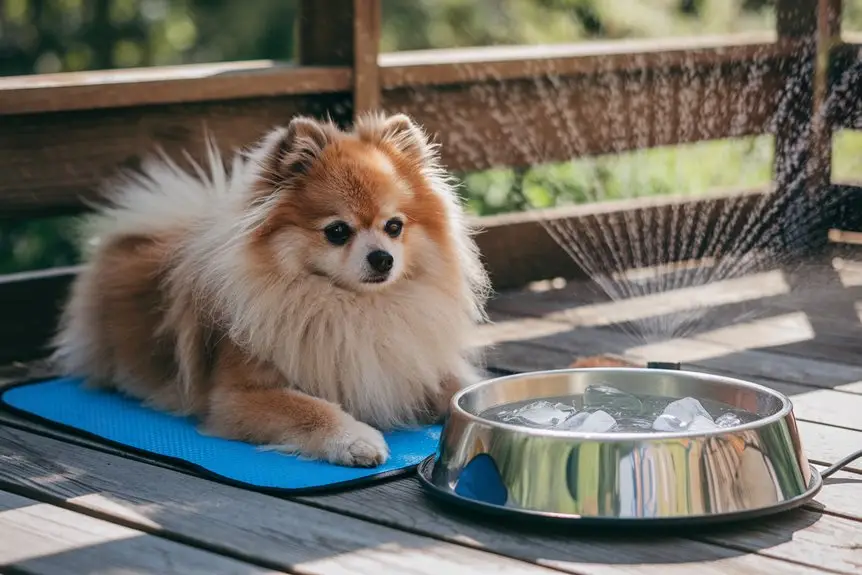
Since Pomeranians rock those thick double coats, they can easily get too hot when summer hits. You gotta be extra careful to keep your fluffy buddy from getting heat exhaustion – make sure they've always got plenty of fresh water around and keep your place at a comfy temperature.
Take them on walks super early in the morning or after the sun starts going down when it's not so brutal outside. Check the pavement before walks – if you can't keep your hand on it for 5 seconds, it's way too hot for their little paws.
When you're driving around, stop often for water breaks and never ever leave your Pom alone in a parked car. Keep their fur brushed and neat so their coat can do its job with temperature control, and watch out if they're panting like crazy or their gums look dry.
If you notice these signs, help them chill down right away and get in touch with your vet. Pay extra attention to Poms with collapsed trachea symptoms, as hot weather can make their breathing difficulties worse.
Puppy Coat Changes
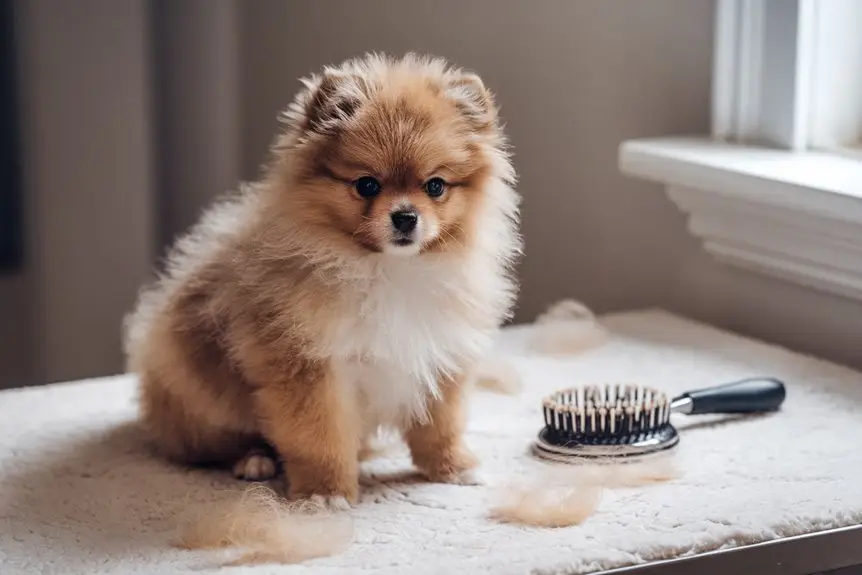
Hey, let's chat about what happens when your Pom puppy's fur starts changing! Between 3 and 12 months old, your little fluff ball goes through what folks call the "puppy uglies" stage.
It's when their simple baby coat starts turning into that amazing double-layered grown-up fur.
Want to help your pup through this hairy situation? Here's what you can do:
- Keep brushing them nice and gentle (but do it often!) to stop the fur from getting all tangled
- Pick up some good-quality grooming stuff that's made just for Poms
- Stay away from shaving – seriously, it can mess up their growing fur for good
Don't stress if your pup looks a bit scruffy or has some patchy spots – it's totally normal!
Your Pom's adult coat will eventually display one of many beautiful colors like orange or cream and might even show distinct markings like sable or brindle patterns.
Year-Round Grooming Routine
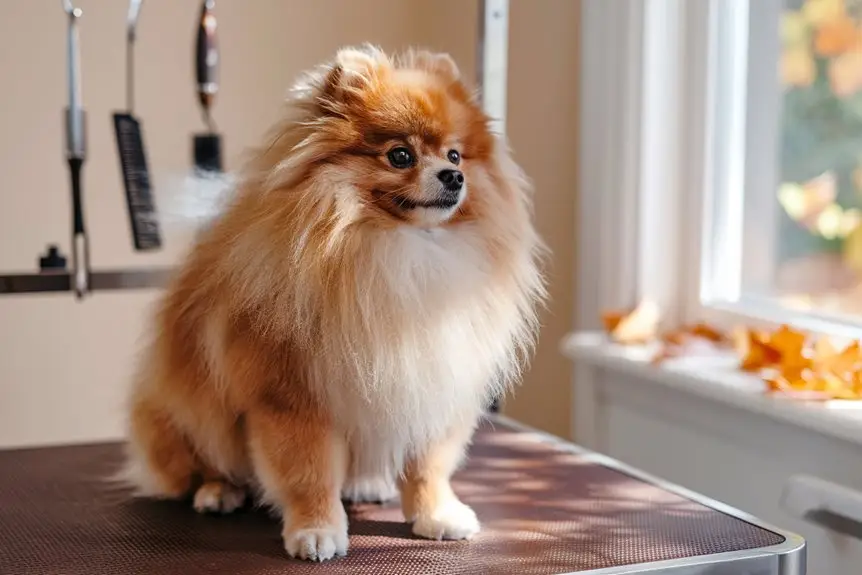
Taking care of your Pom means sticking to four basic grooming habits all year.
Grab your pin brush and slicker brush every 2-3 days to keep that fluffy coat in check – just start from the skin and work your way out. Bath time comes around every 4-6 weeks, and make sure you're using good dog shampoo to keep your buddy clean.
Those tiny nails need attention too – clip them every 2-3 weeks so your Pom can walk comfortably and avoid any nail problems.
Don't skip the weekly ear cleaning, but stick to products made for dogs and stay away from poking anything inside their ears.
Keep the brushing quick and simple – 10-15 minutes should do it. A bit of leave-in conditioner helps keep that fur looking amazing.
Follow these simple steps, and your little Pom will stay happy and looking great.
Consider using a Furminator de-shedding tool to effectively remove loose fur while promoting healthier skin and coat.
Frequently Asked Questions
Can Pomeranians Develop Allergies During Specific Seasons?
Just like people, your Pom can totally get allergies when certain seasons roll around! You might catch them scratching like crazy or notice their skin getting all red and irritated. No worries though – keeping these allergies in check is totally doable. Just clean their space regularly, and your vet can hook you up with the right treatments to keep your little fluffball comfy when those pesky allergies hit.
How Do Seasonal Temperature Changes Affect a Pomeranian's Appetite?
When it gets cold outside, your fluffy friend will probably want to chow down more to stay toasty. You'll see them going through their food bowl differently as the weather changes – gobbling up extra portions during the chilly months, but taking it easier when it's hot out. Just roll with these changes and tweak their food amounts based on the season.
Should Indoor Lighting Be Adjusted During Shorter Winter Days?
You'll definitely need to change up your indoor lights when those winter days get shorter. Good, bright lights that mimic sunlight can help your furry friend feel better, keep their body clock on track, and make sure they stay energetic when there's not much sun outside.
Do Pomeranians Need Different Vitamins or Supplements for Each Season?
Your Pom's supplement needs change with each season, just like we change our own habits! In winter, they might need extra vitamin D since there's less sunlight. When spring rolls around, it's smart to bump up their immune boosters to handle all those allergies. Summer means keeping them hydrated and healthy, while fall is perfect for giving their joints some extra love and care. It's pretty simple once you get the hang of it!
Can Seasonal Changes Trigger Behavioral Changes in Pomeranians?
Hey, your furry friend might get antsy when the seasons switch up! It's totally normal for Poms to act different when the weather gets super hot or cold, or when storms roll in. You're not alone – lots of other Pom parents see their pups doing the same thing. Just go with the flow and keep an eye on your little buddy's mood swings during these times.
